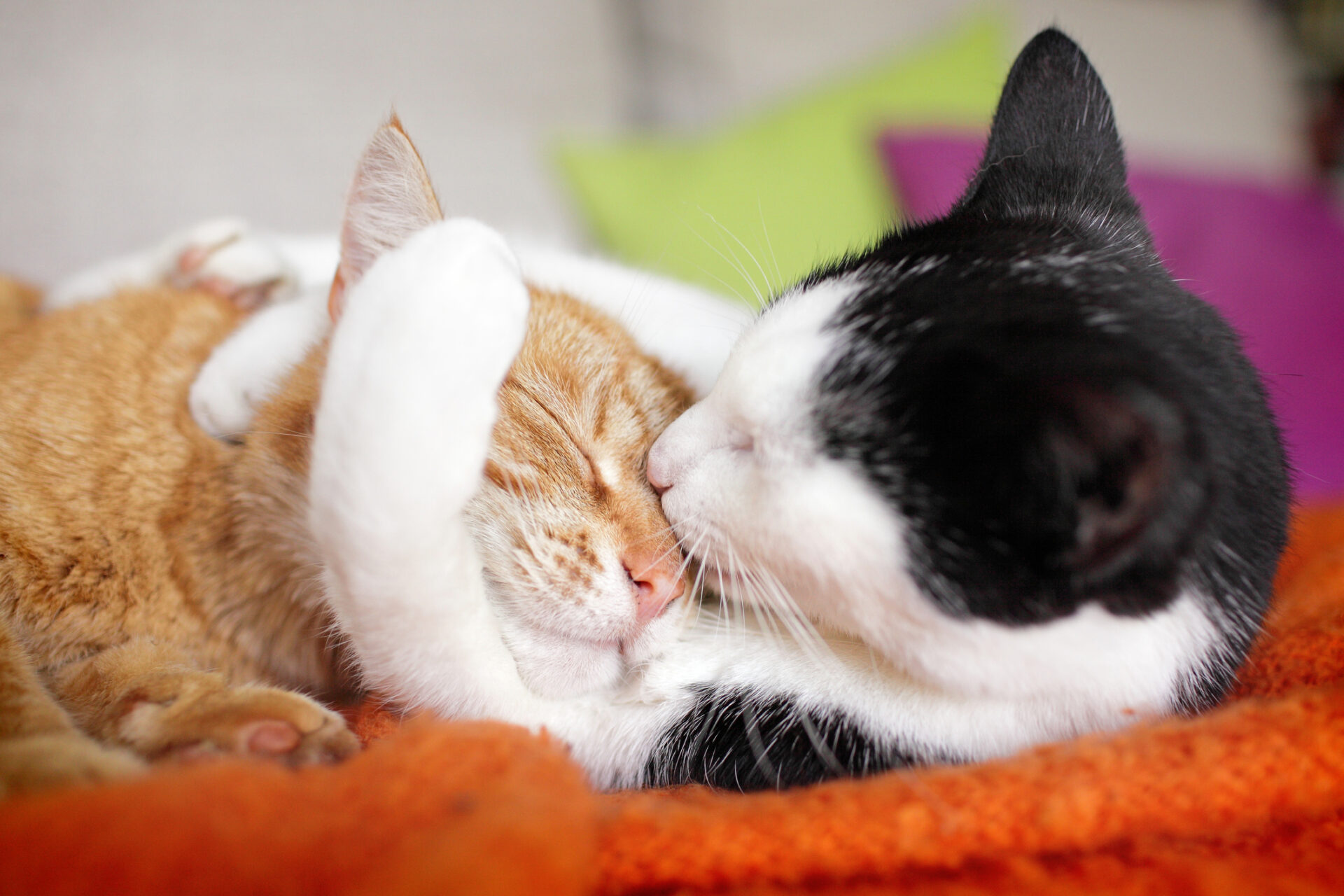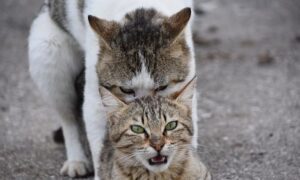Are Cats Seasonal Breeders? Understanding Feline Reproduction
Cats have a reputation for being mysterious and independent creatures, but when it comes to reproduction, there are some fascinating patterns and behaviors to explore. Understanding whether cats are seasonal breeders is crucial for cat owners and those interested in feline reproduction. In this article, we will delve into the world of feline reproduction, including the concept of seasonal breeding and the unique aspects of cat mating.
Are Cats Seasonal Breeders?
Unlike some animals that have specific breeding seasons, such as deer or birds, domestic cats are considered non-seasonal breeders. This means that they do not strictly adhere to a specific time of year for reproduction, and they can potentially mate year-round. However, there are some important factors that influence cat mating behavior:
1. Daylight and Temperature:
- While cats are not seasonal breeders in the strictest sense, their reproductive activity can be influenced by environmental factors. In regions with milder climates, cats may show more consistent mating behavior throughout the year. In contrast, in areas with distinct seasons, there might be an increase in mating activity during the spring and early summer, often referred to as the “kitten season.”
2. Indoor vs. Outdoor Cats:
- Indoor cats may have less variation in their reproductive behavior because they are not as exposed to environmental changes. They can potentially mate year-round. In contrast, outdoor cats might exhibit more seasonality in their mating due to exposure to natural light and temperature fluctuations.
3. Heat Cycles (Estrus):
- Female cats experience heat cycles, also known as estrus, which can occur multiple times a year. During estrus, they become receptive to mating and may display behaviors to attract male cats. These cycles can vary in frequency and intensity among individual cats.
4. Mating Behavior:
- Male cats, also known as toms, do not have a specific mating season and may attempt to mate whenever a receptive female is available. They often respond to the cues provided by females in heat.
Feline Reproduction in Brief
Understanding the basics of feline reproduction can provide valuable insights into their behavior:
- Mating: When a female cat is in estrus, she may vocalize, become more affectionate, and assume a mating position. Male cats may be drawn to her scent and vocalizations.
- Gestation: The gestation period for cats is approximately 63-65 days. A pregnant cat, also called a queen, will give birth to a litter of kittens.
- Litter Size: The number of kittens in a litter can vary but typically ranges from 1 to 9 kittens. Factors such as the cat’s age and health can influence litter size.
- Kitten Care: After giving birth, the mother cat provides care and nursing to her kittens. Kittens are weaned around 4-8 weeks of age.
Conclusion
While cats are not strictly seasonal breeders, their reproductive behavior can be influenced by environmental factors, individual differences, and the presence of receptive mates. Understanding these patterns can help cat owners and breeders manage their cats’ reproductive health and plan for kitten care when necessary. If you have questions or concerns about feline reproduction or are considering breeding your cat, consult with a veterinarian or experienced breeder for guidance.
Read More:Calming a cat in heat:Effective Strategies and Tips
















